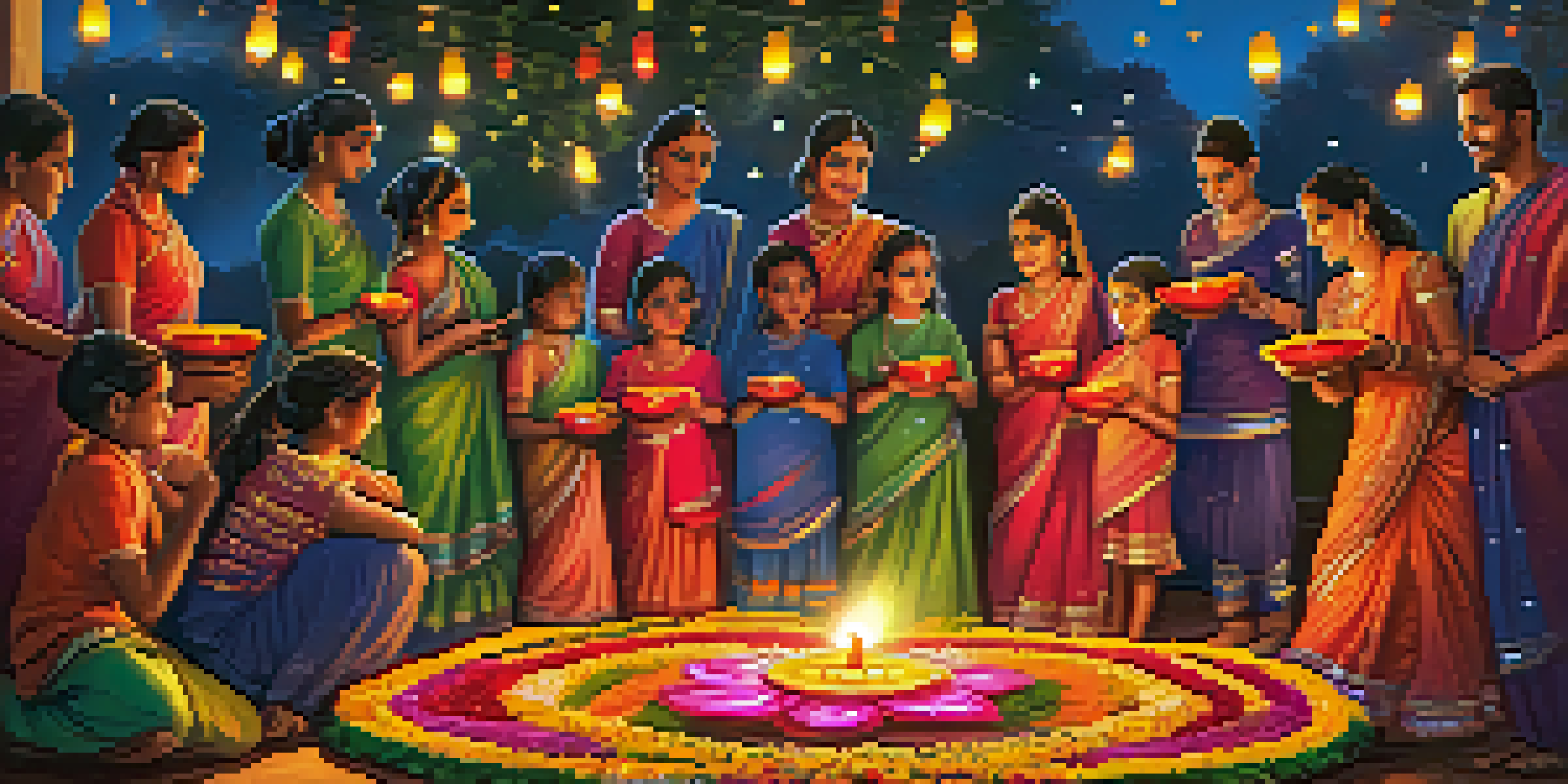Folklore and Photography: Capturing Cultural Narratives

Understanding Folklore and Its Importance in Culture
Folklore encompasses the traditions, stories, and beliefs of a community, often passed down through generations. It includes myths, legends, and oral histories that shape a group's identity. Understanding folklore is crucial as it helps preserve cultural heritage and fosters a sense of belonging among community members.
The Role of Photography in Documenting Folklore
Photography serves as a powerful medium for documenting folklore, capturing not only the stories but also the emotions behind them. A single photograph can encapsulate a moment in time, conveying the richness of cultural narratives. By freezing these narratives in visual form, photography helps keep folklore alive for future generations.
Folklore Preserves Cultural Identity
Understanding folklore is essential as it helps preserve cultural heritage and fosters a sense of belonging within communities.
How Photographers Interpret Cultural Narratives
Photographers often interpret cultural narratives through their lens, choosing angles and compositions that reflect the essence of a story. Each photograph can tell a different tale, depending on the photographer's perspective and intent. This interpretative aspect allows for a diverse representation of folklore, showcasing various cultural viewpoints.
Examples of Folklore Captured in Photography
Consider the captivating images of traditional festivals that reveal the vibrancy of cultural practices. Photographers who document events like Diwali in India or the Day of the Dead in Mexico provide insight into the significance of these celebrations. Such photographs not only highlight the visual beauty of folklore but also invite viewers to understand the deeper meanings behind these traditions.
Photography Captures Cultural Narratives
Photographers document folklore by interpreting cultural narratives through their lens, offering diverse representations of traditions.
The Emotional Impact of Folklore Photography
Images that capture folklore often evoke strong emotions, connecting viewers to the narratives being portrayed. For instance, a photograph of an elder sharing a story with children can stir feelings of nostalgia and warmth. This emotional resonance is what makes folklore photography so compelling; it bridges the gap between past and present.
Preserving Cultural Heritage through Visual Storytelling
Through photography, cultural narratives are preserved, allowing future generations to access their heritage. Visual storytelling can document practices that might otherwise fade, such as traditional crafts or rituals. In this way, photographers become cultural custodians, ensuring that stories and customs continue to thrive.
Challenges in Authentic Representation
Capturing folklore authentically poses challenges, including the risks of cultural appropriation and the need for sensitivity towards the depicted communities.
Challenges in Capturing Folklore through Photography
While photography offers a means to document folklore, challenges often arise in portraying these narratives authentically. Cultural appropriation and misrepresentation can occur if photographers are not sensitive to the communities they are depicting. It's essential for photographers to engage with the culture they are capturing, ensuring respect and accuracy in their work.
The Future of Folklore and Photography
As technology evolves, the ways in which we capture and share folklore are also changing. With the rise of social media, photographers can share cultural narratives instantly, reaching global audiences. This shift opens up new opportunities for cultural exchange and understanding, making folklore photography more vital than ever.